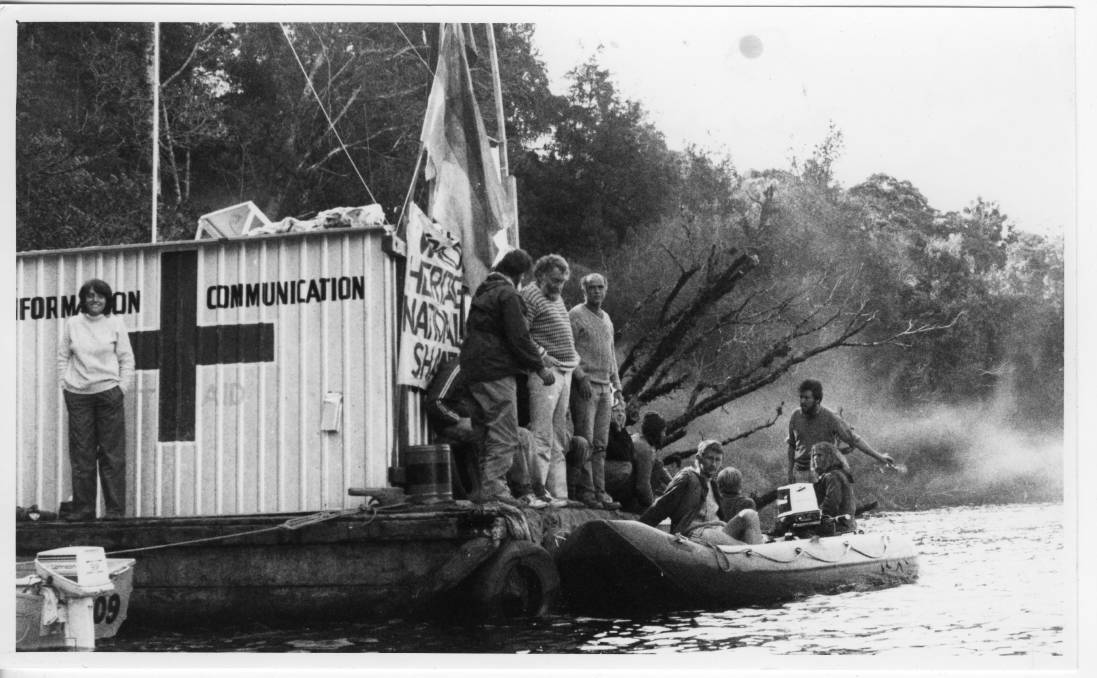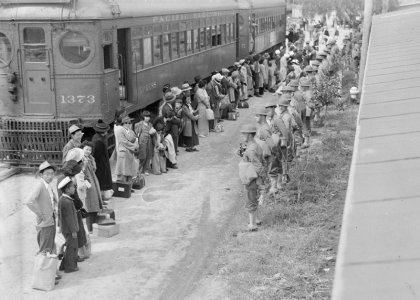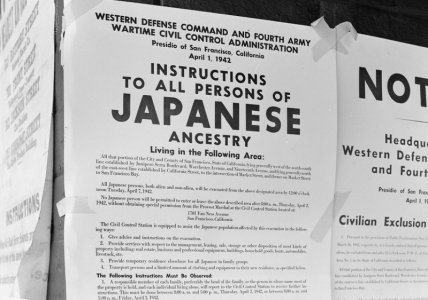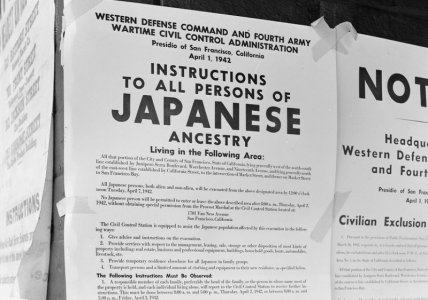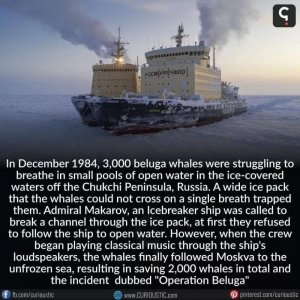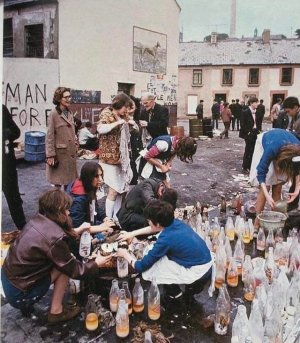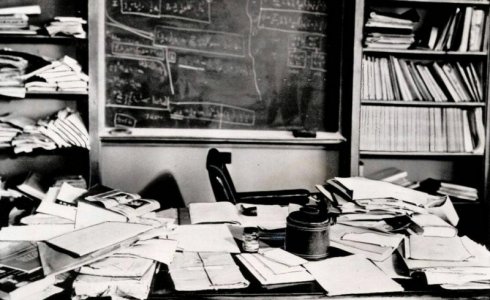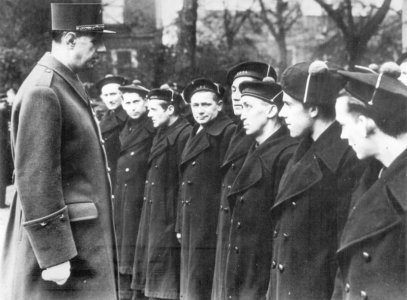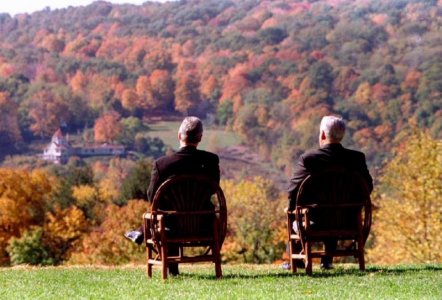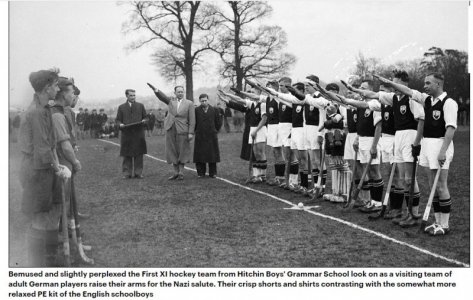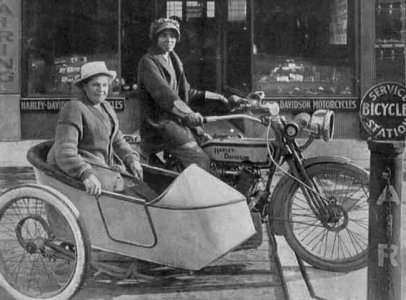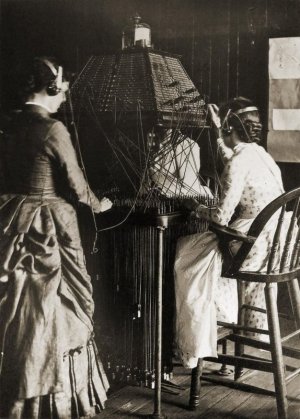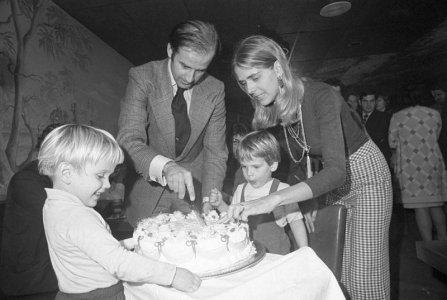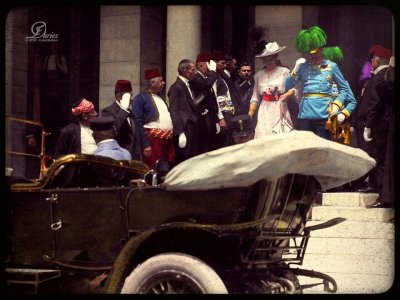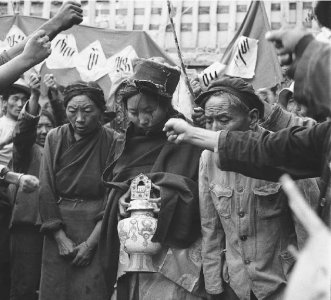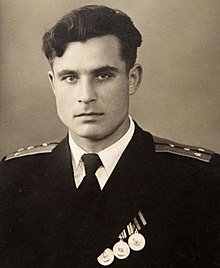The
Franklin Dam or
Gordon-below-Franklin Dam project was a proposed dam on the Gordon River in Tasmania, Australia, that was never constructed. The movement that eventually led to the project's cancellation became one of the most significant environmental campaigns in Australian history.
Stopping the Gordon-below-Franklin dam was one of the Australian environment movement’s great victories: in the late 1970s, the state-owned Hydro-Electric Commission wanted to flood one of three last temperate rainforests in the southern hemisphere to create a power station.
About 33km of the Franklin River, a pristine wild river home to breathtaking ravines and rapids, and surrounded by untouched Huon pine and myrtle beech forest, would have drowned.
An estimated 6,000 people (including Bretrick) headed to the town of Strahan to join the protest, and nearly 1,500 were arrested on the river. Rallies and newspaper ads helped build an extraordinary level of buy-in throughout Australia.
Site of the dam

These areas would have been flooded if the dam had been built
Rock Island Bend
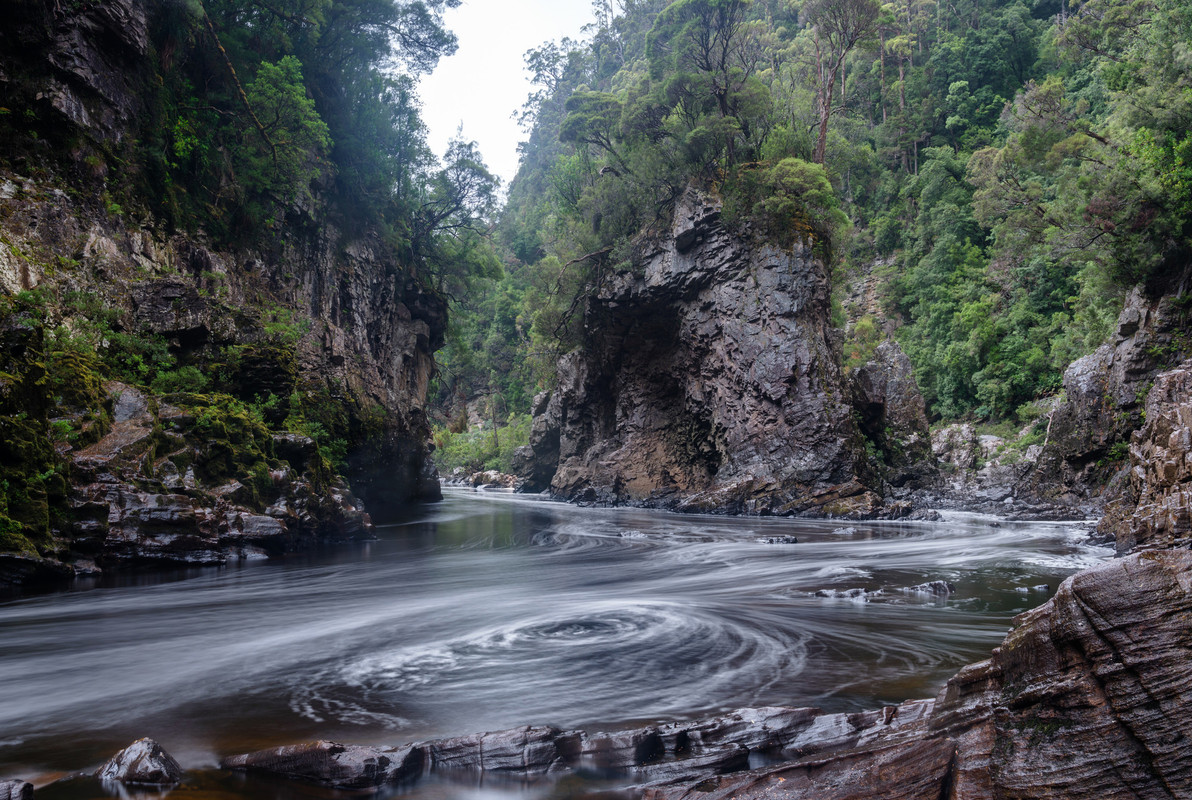
Confluence of the Gordon and Franklin River (Franklin on left)

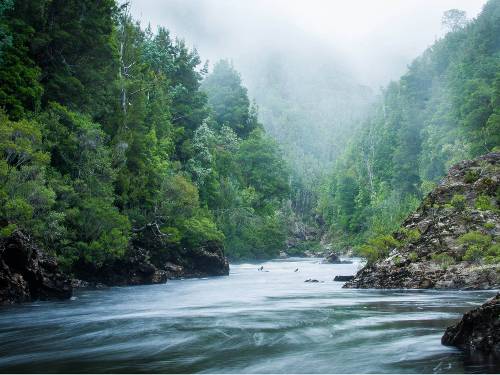
Protestors brought the issue to the world.

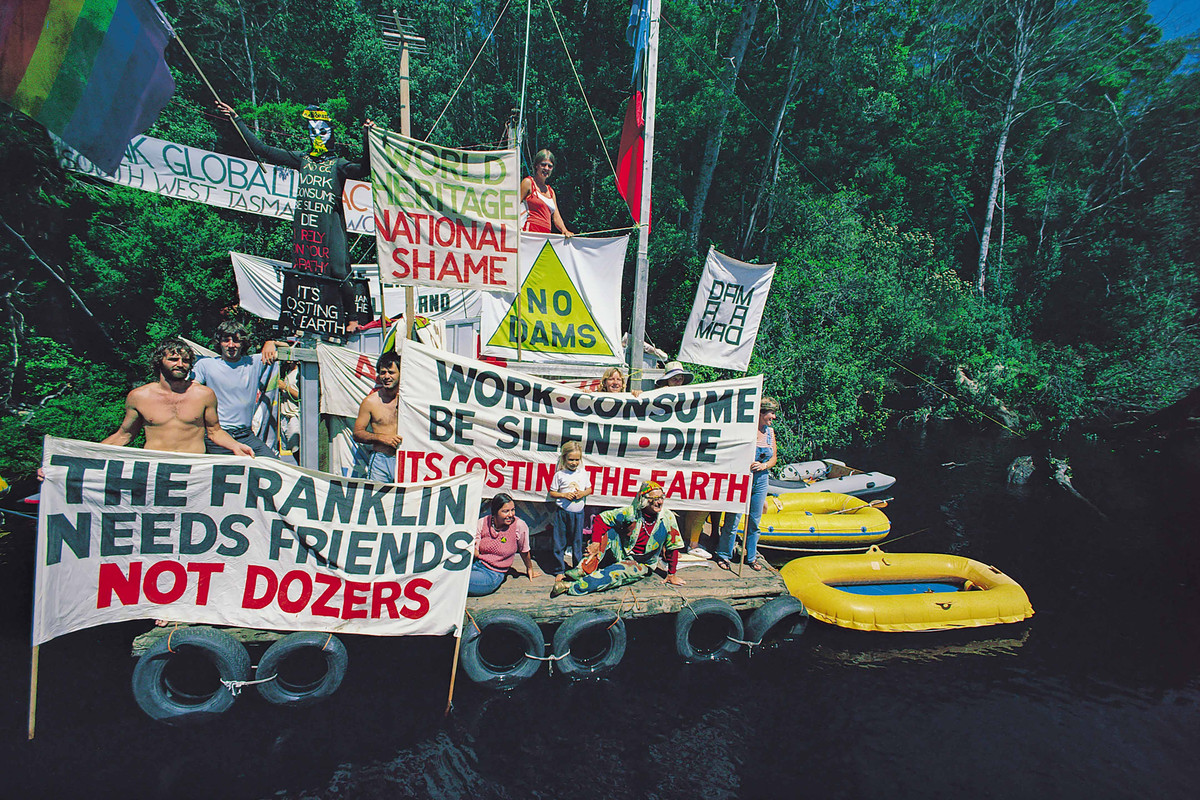
Professor David Bellamy leant his voice to the protest
